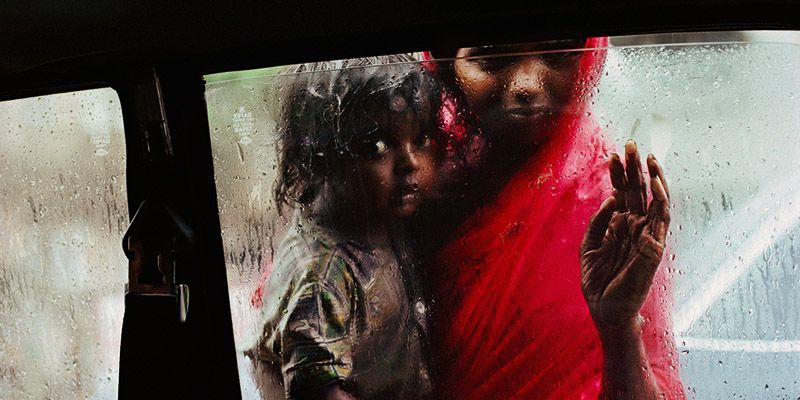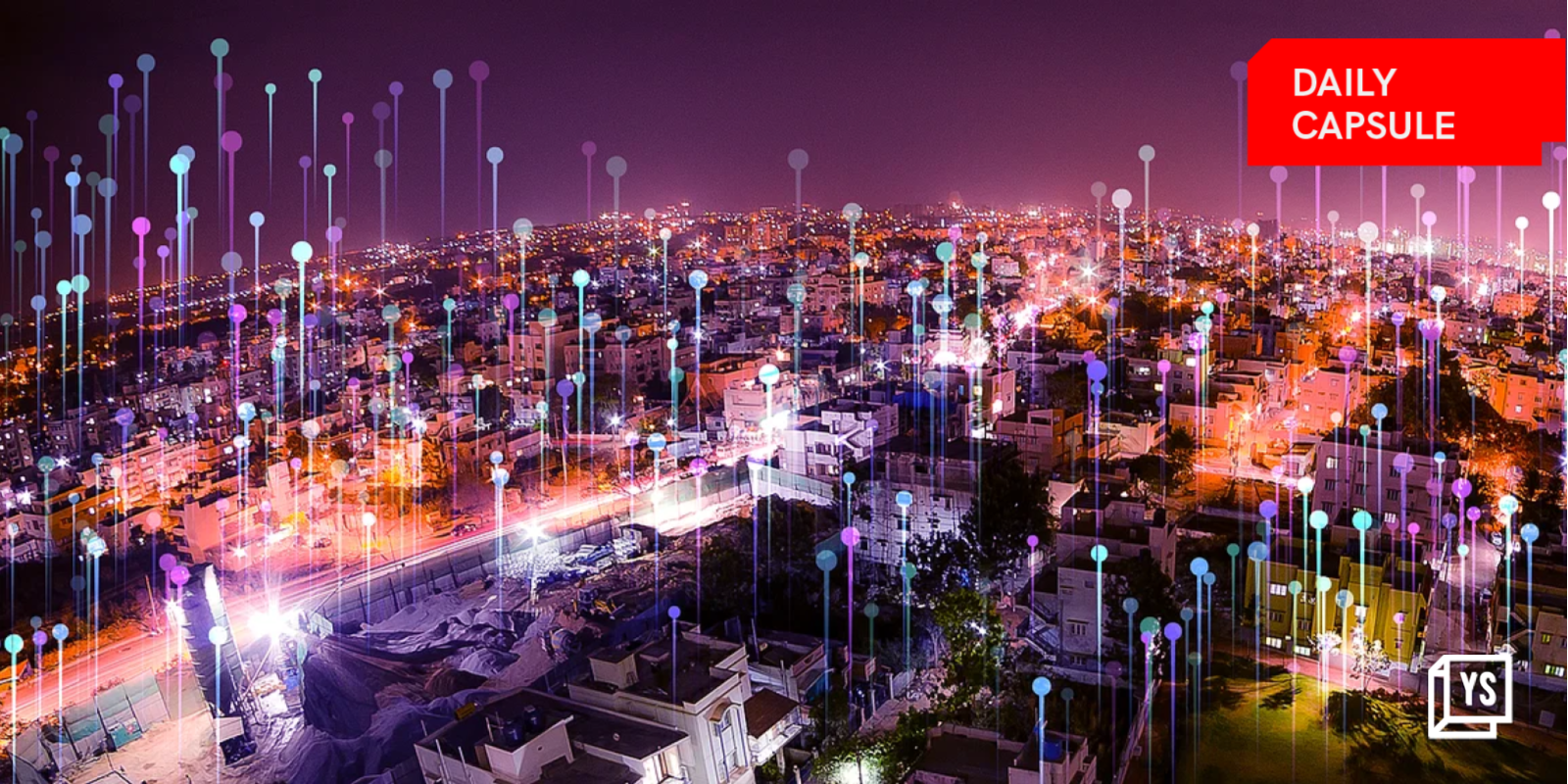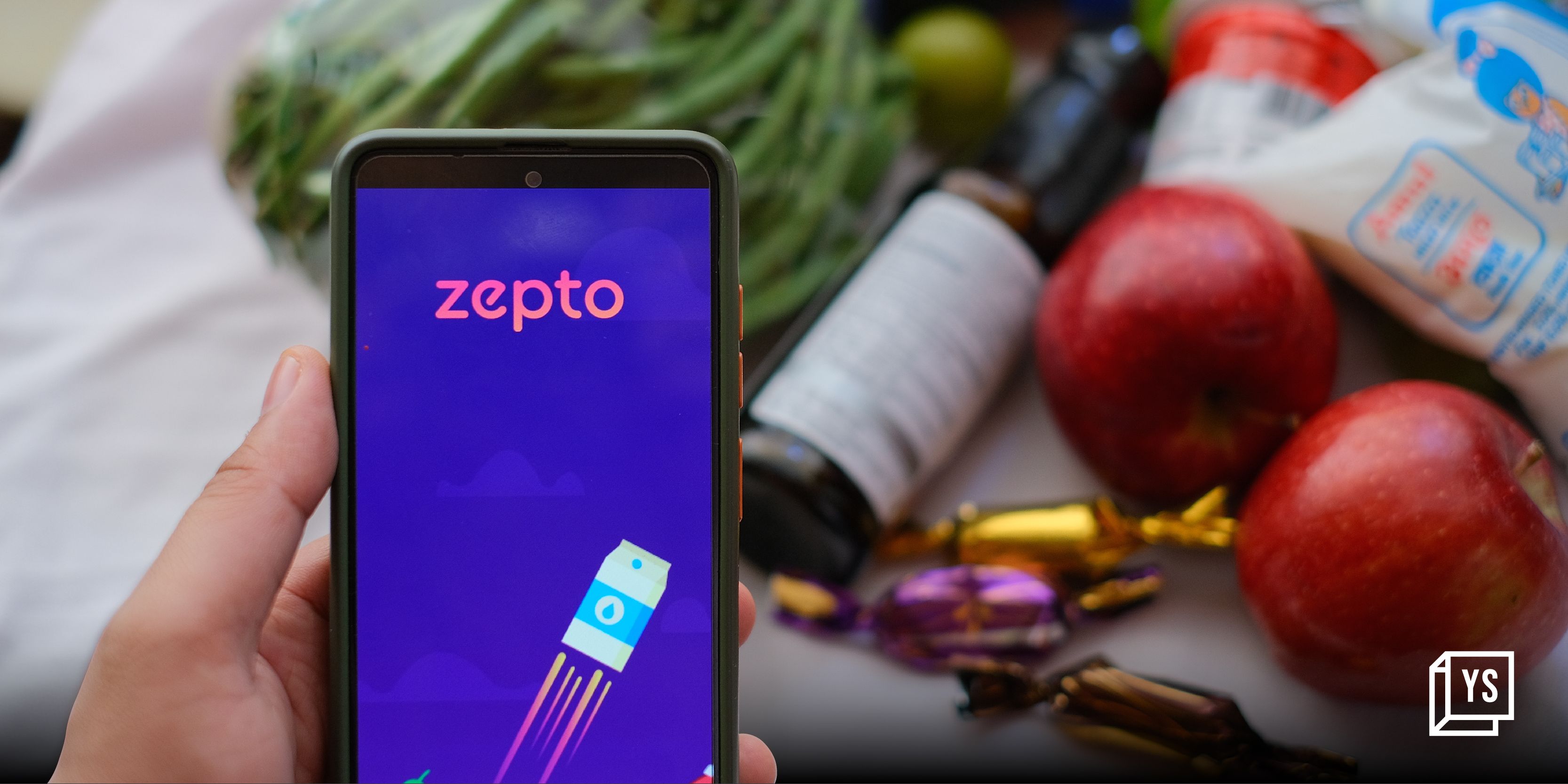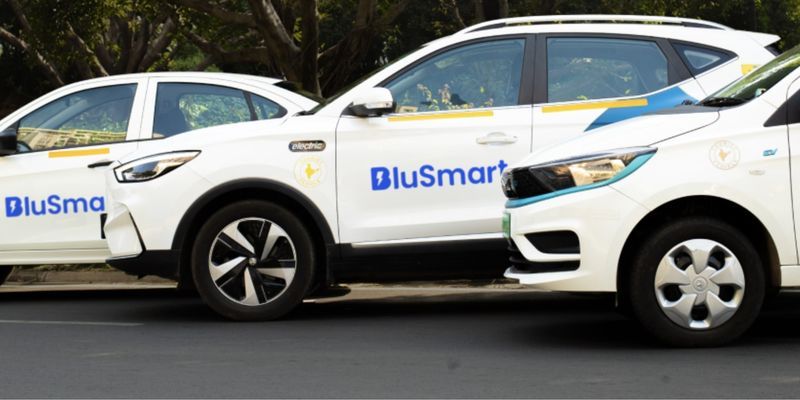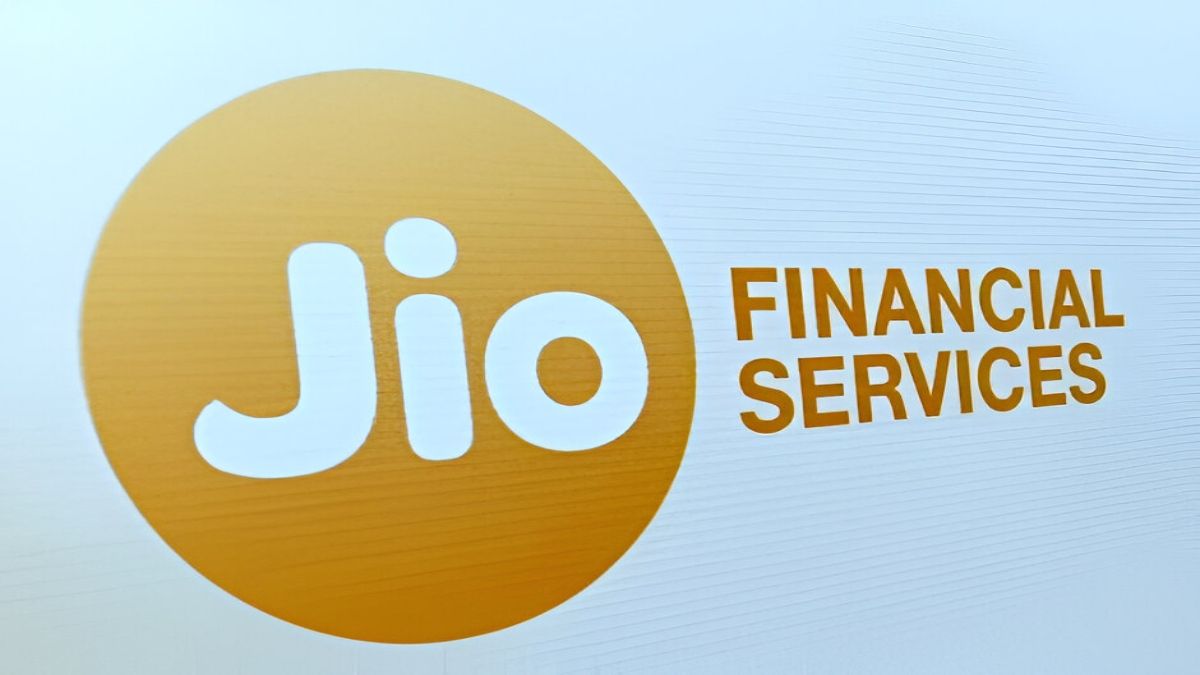How ‘Helping Faceless’ is trying to help street kids reunite with their parents
Memories of an almost traumatic experience in his childhood prompted Shashank Singh to start the ‘Helping Faceless’ initiative. In his early childhood, Shashank was almost kidnapped by a stranger, only the timely action of a good Samaritan bystander saved him. The bystander took him safely to his parents. But not all children are so lucky.

There are thousands of kids who have been separated from their parents as a result of either kidnappings, or kids running away from home for various reasons.
Kidnapping and child trafficking are horrific crimes that are on the rise in India. It is also very difficult for parents and relatives of the child to find them easily. In most cases the parents lose hope and stop searching after a period of time.
In almost every city, town and village there are thousands of children who are roaming the street aimlessly, looking for their next meal and shelter. Out of those there are a lot of children who have been separated from their parents for a variety of reasons.
What is it about?
‘Helping Faceless’ aims to unite missing children with their parents, who do not have the resources to search for them. A few techies are using current advancements in face recognition to match photos of lost kids to the ones found on streets, generating periodic reports for their NGOs who can then in turn use that actionable intelligence; meanwhile completely maintaining systems that assure privacy for both children and people involved.
The team behind it:
Shashank Singh

Shashank, a Computer Science Engineer, Co-founded a startup at 23, and spectacularly crashed it by his 26th birthday. After that he was feeling particularly dry of inspiration which resulted in his vagabond life for quite some time. It ended finally with him relocating to Mumbai. He came in contact with amazing people with very diverse points of view on life and created a small informal meet-up of problem-solvers called ‘Coffee Break’. A life altering moment for him was just around the corner when he saw two kids begging for food outside a pub that he used to frequent. This event and the recollection of his almost traumatic childhood experience made him want to help these kids in any way he could. This is what resulted in the project Helping Faceless.
Amol Gupta

Amol is an Android developer at redBus, a Free and Open-source software (FOSS) supporter and an aspiring entrepreneur.
Technology behind it
They started with a simple Ruby on Rails API server to accept information from apps and other sources. Slowly but steadily they have been adding complexity around this simple server to create more functionality.
To keep growing complexity in check, the team uses Service-oriented Architecture, the whole system is broken into smaller modular application connecting with each other on wire. So at the back end, they use the language/framework that is best suited for the task at hand.
Their current technology stack
Server Side: Ruby on Rails
Client Side: Java for Android, Objective C for iOS (tentative), Web frontend for NGOs
Analytics: Python (Scipy/Pandas/Numpy/scipy.stats ). They are in the process of integrating Apache Storm and Apache Mahout for analytics and subsequent report generation.
They use Heroku, Linode as VPS. The Airbrake team helped them with a beefier free account to catch bugs and errors. Also Helping Faceless uses Heap Analytics, Flurry, Keen.io to figure out service usage in terms of traffic and other metrics. They are a data driven social startup.
For Face recognition needs they use library from University of Michigan called OpenBr . Its modular arch makes it much more easy to drop it into their pipeline. Being itself very modular gives it a distinct advantage over OpenCV, also making experimentation quite simple.
Recently, they have also started looking into ‘Deep learning’ and ‘Deep Face’ for face recognition
Challenges faced:
The team found that though Face recognition has been fantasised on TV shows as something really simple, in reality it is very difficult to implement on a large scale, except for tech giants like Facebook. They circumvented this high error rate by setting up a process akin to well oiled manufacturing process. Every piece of intelligence reaching their system is validated, and it is then transformed into understandable groups.
Photographs go into a separate pipeline to be matched to each other to create a giant similarity matrix. They then take top 20% similarity score images and run them through their crowd sourcing portion for people to verify their assumptions, this weeds out the false positives and gives them a much more pristine data points which are then further sieved through better third party face recognition algorithms.
Moreover, they are in the process of setting up advanced reporting and intelligence system on this data using Apache Mahout.
The app:
The app is simple, easy to use but very effective. You have to download the app, login through Facebook and then you have the option of either uploading a picture of a child on the spot or selecting a picture from your gallery.
You can also contribute to fight against human trafficking and help lost children return to their parents by helping them match images.
Two different images appear side by side and you have to decide if they are pictures of the same person. You can chose to select ‘Yes’, ‘Can’t Say ‘ or ‘ No’.
There is also an option within the app to invite your Facebook friends to try it out.
Developments so far
In the short span of time since the app has been functioning, they have created an ever growing database, are in the process of returning one child to his parents, and a Canadian Non Profit Organisation, OSCI, has expressed interest in re-branding and using their app to help missing children in Canada.
The initiative, in its pilot stage, currently has about 22 active volunteers in Mumbai. The founders estimate that they need about a thousand volunteers to be effective in a city such as Mumbai. They are also planning to move to other cities soon as well depending on the response.
A few minutes and a picture can change a child’s life
A volunteer just has to click pictures of children they have spotted roaming the streets and provide information about the time and place the picture was taken. They can also help out further by helping match the pictures already present in their database. This data along with the face recognition algorithm, gives the team a really high accuracy of matching pictures that the parents have provided with the pictures that have been taken on the streets by volunteers.
The whole exercise takes about five minutes. But the impact created is tremendous. Just one picture could help a child reunite with his or her parents. You can download the app here.
Future plans
The team is currently ironing out and improving on a few bugs like Lower Rate of false detection in Face recognition phase and better gender and age detection.
They want to include features such as app side face recognition and real time alerts in case a child goes missing in future iterations.
Their vision is to take Helping Faceless nationwide, increase training data to detect a larger age group, currently it only detects within the age range of 10 to 20 and to establish a platform for NGOs and governmental organization to safely share data.






